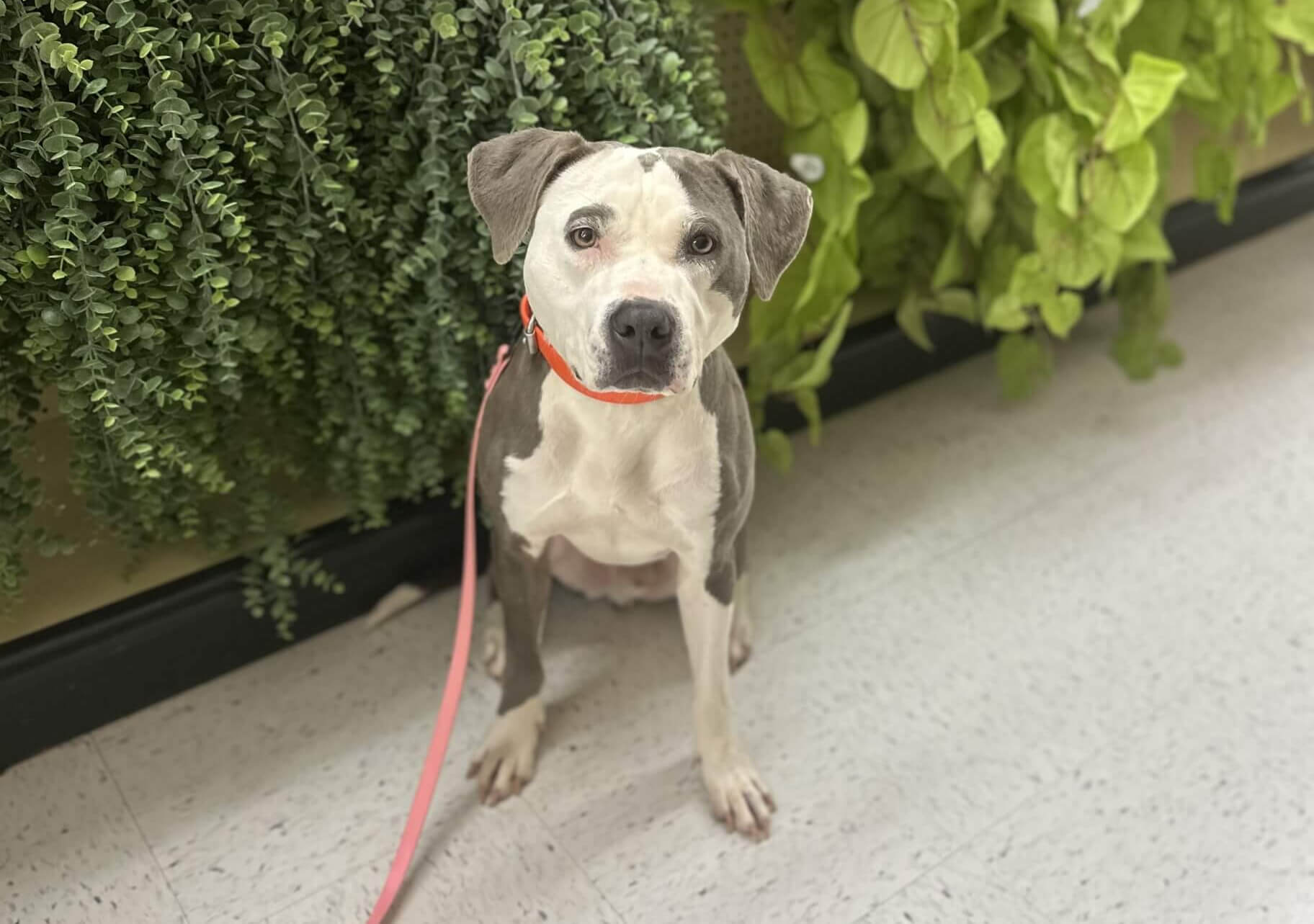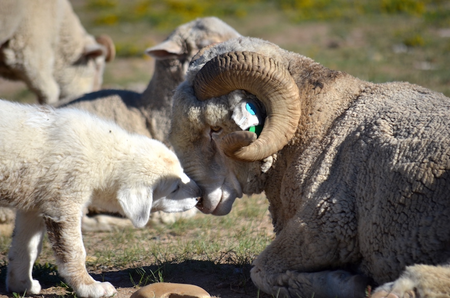When it comes to dog training, size matters—but not in the way you might think. Many dog owners assume that small dogs are easier to train because they’re more manageable, while large dogs seem more serious or disciplined. But the reality is a bit more nuanced.
Let’s explore the key differences between training small and large dogs, what challenges to expect, and how to set any dog—big or small—up for success.
Small Dogs: Big Personalities in Small Packages
Advantages:
- Easier to handle physically: If a small dog misbehaves, it’s less likely to knock you over or drag you down the street.
-
Great for apartment living: Their compact size makes them well-suited for indoor training in small spaces.
-
Often very intelligent: Breeds like Papillons, Miniature Poodles, and Yorkies are highly trainable.
Challenges:
-
“Small Dog Syndrome”: Many small dogs develop behavioral issues because their bad habits are overlooked. Jumping, barking, or growling may be seen as “cute”—until it’s not.
-
Inconsistent boundaries: Owners are more likely to allow behaviors in small dogs that they wouldn’t tolerate from larger ones.
-
Higher-pitched barking: More likely to cause neighbor complaints if not managed early.
Tips for Training Small Dogs:
-
Don’t let size dictate expectations—hold them to the same behavioral standards as any dog.
-
Use positive reinforcement to encourage good habits.
-
Consider reward-based games to keep sessions fun and engaging.
Large Dogs: Power and Responsibility
Advantages:
-
More likely to be taken seriously: Misbehavior from a big dog is addressed quickly—because it has to be.
-
Often calmer personalities: Many large breeds mature slower and can be less excitable than smaller ones.
-
Stronger desire to work with humans: Breeds like Labs, Shepherds, and Boxers often thrive on structure.
Challenges:
-
Physical strength: If not leash-trained, large dogs can easily overpower their owners.
-
Longer adolescent phase: Some giant breeds act like big, goofy puppies for years.
-
Slower to mature mentally: Training needs to account for physical size and mental readiness.
Tips for Training Large Dogs:
-
Start leash and impulse control training early—even when they’re small puppies.
-
Prioritize manners and socialization, especially around people and other animals.
-
Use tools like a long line for safe, effective training.
What’s the Same for All Dogs?
-
Consistency is key—whether your dog weighs 5 lbs or 150 lbs.
-
Training should be positive, patient, and tailored to your dog’s learning style.
-
Socialization, boundaries, and mental stimulation are essential for all breeds and sizes.
At the end of the day, training isn’t about size—it’s about communication, trust, and leadership. Small dogs might test your patience with sass, while large dogs test your strength with enthusiasm. But with the right techniques, any dog can be well-behaved, confident, and fun to live with.
Need help with your dog—big or small? Reach out to our team of professional trainers today. We’ll find a program that fits your dog’s unique size, personality, and needs.







